When cattle left the San Marcos Foothill Preserve, the ground-nesting birds soon flew away. The native bunch grasses that had provided space for their nests had become crowded out by nonnatives. To bring back the native grasslands, Channel Islands Restoration has hired a herd of sheep in a two-year habitat restoration project. The herd will rotate daily through a series of pastures for about a month to encourage native plants, and birds, to return and thrive.
The Sheep Project at San Marcos Foothills Preserve
Photo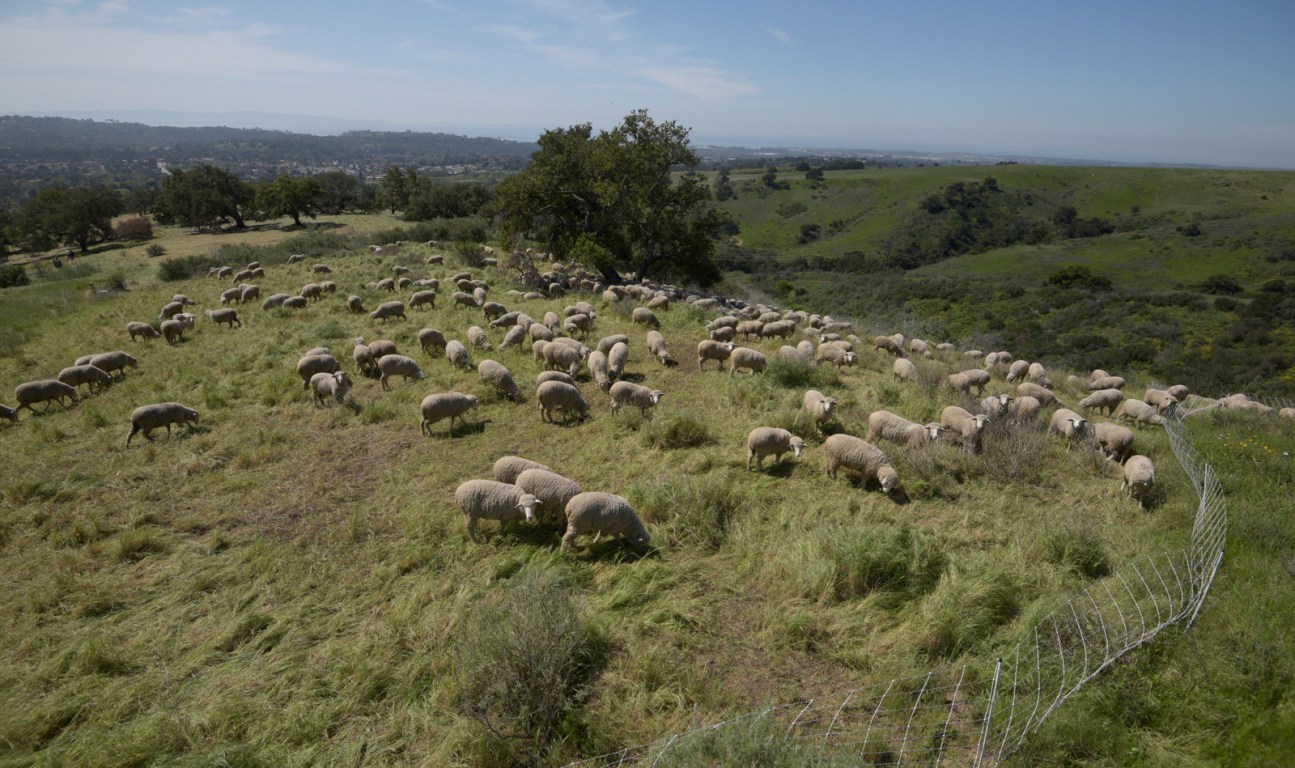
More than 400 sheep are grazing part of the 200-acre San Marcos Foothills Preserve to promote bird habitat restoration.
Photo: Paul Wellman
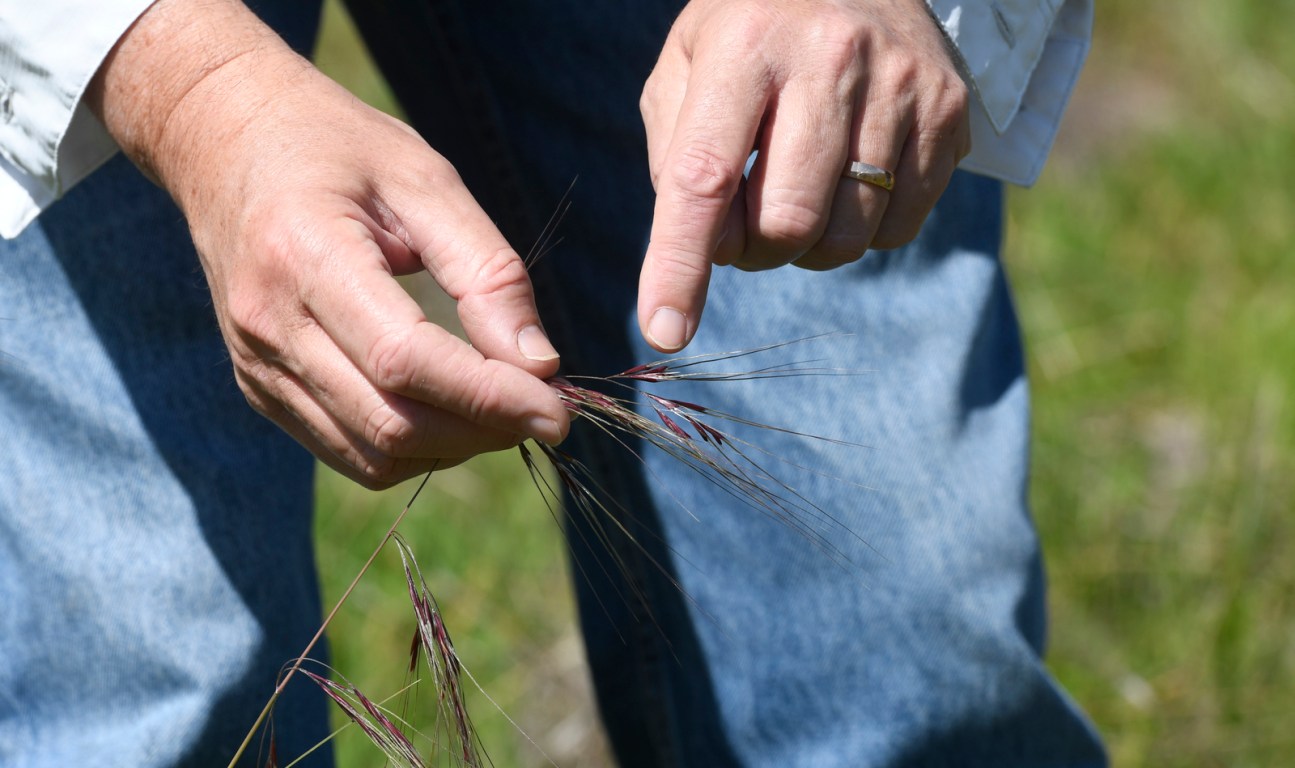
Channel Islands Restoration's Elihu Givertz points to the bent awns that distinguish the native purple needlegrass, a bunch grass that promotes nesting spaces for birds like the grasshopper sparrow.
Photo: Paul Wellman
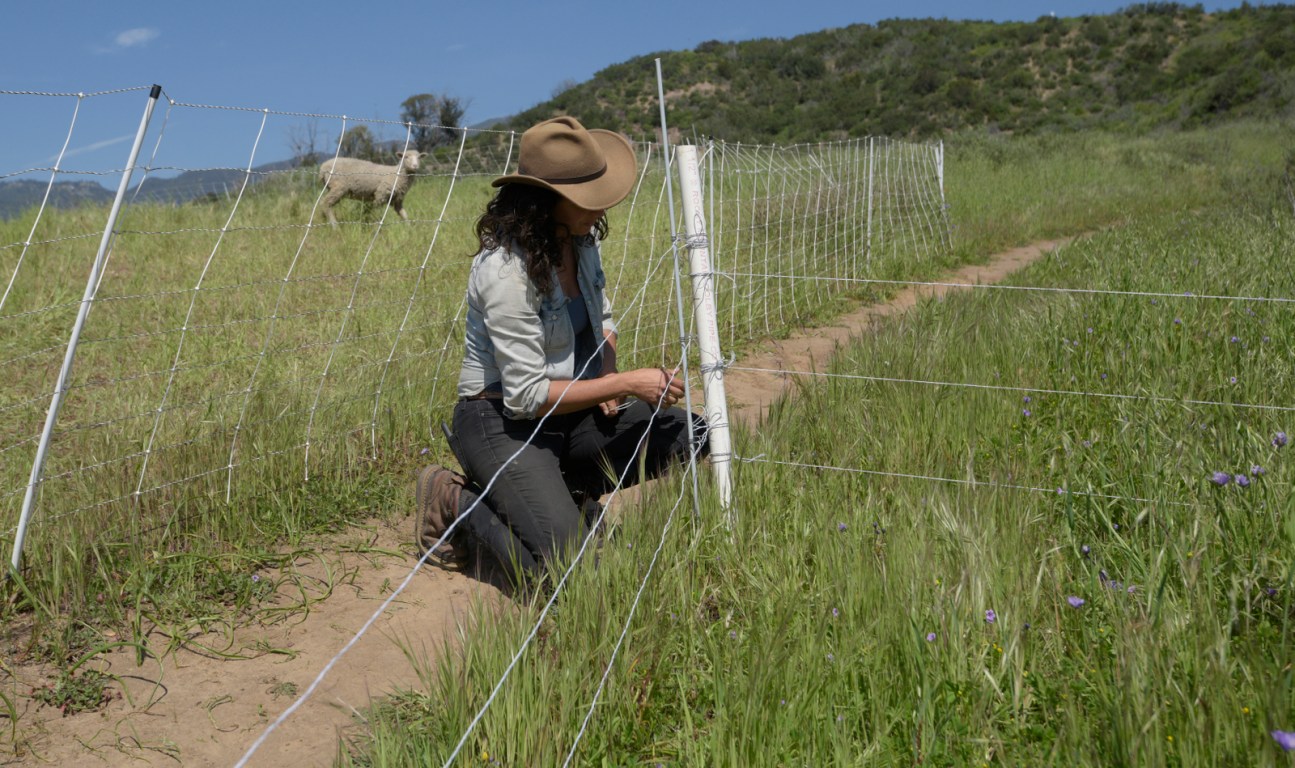
The sheep are from Jenya Schneider (pictured) and Jack Anderson's Cuyama Lamb LLC, part of Quail Springs Permaculture.
Photo: Paul Wellman
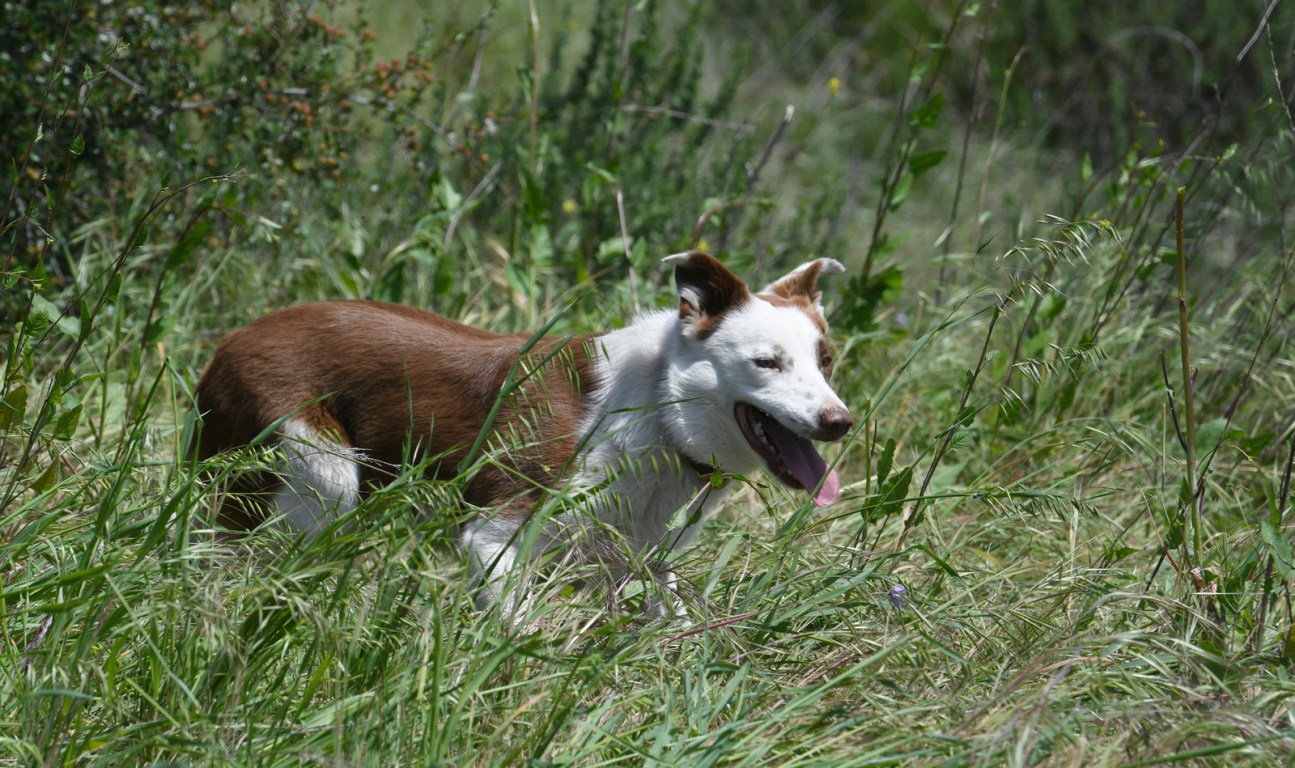
Schneider's red border collie watches for strays after herding the mob into the new pasture.
Photo: Paul Wellman

A Rambouillet-Targhee sheep, which produces a merino-type wool
Photo: Paul Wellman
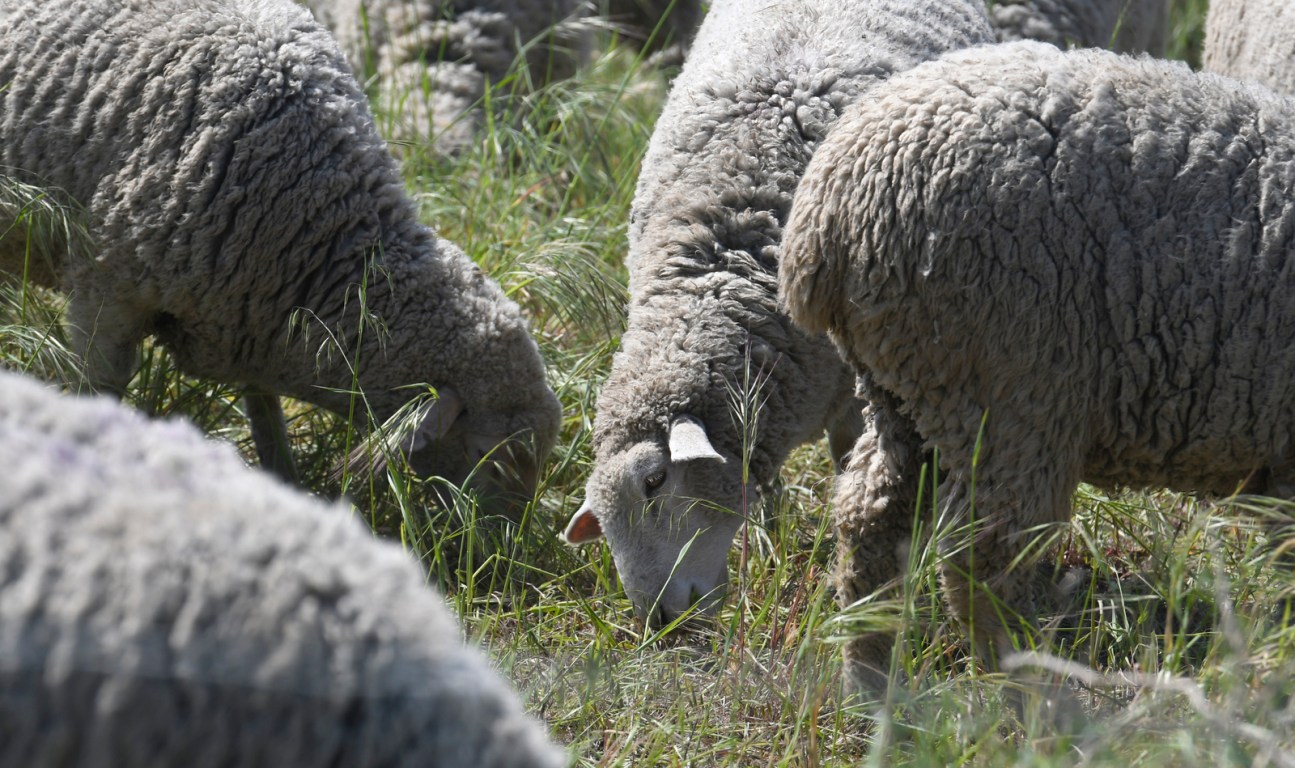
The sheep graze and trample each pasture for about a day, then move to the next pasture. This allows the plants to recover. The trial hopes to show that deep-rooted natives can out-compete nonnative plants through the dry season.
Photo: Paul Wellman
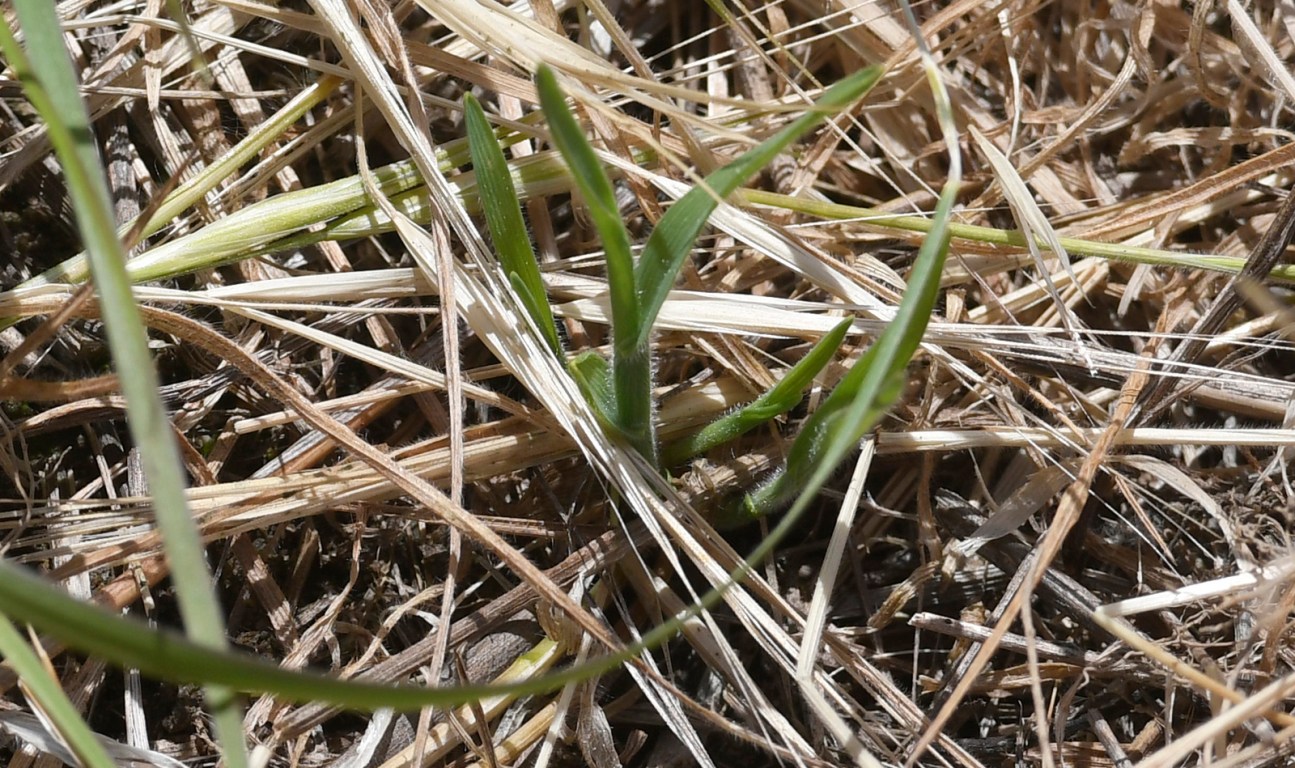
New growth sprouted about a week after the sheep left a pasture.
Photo: Paul Wellman
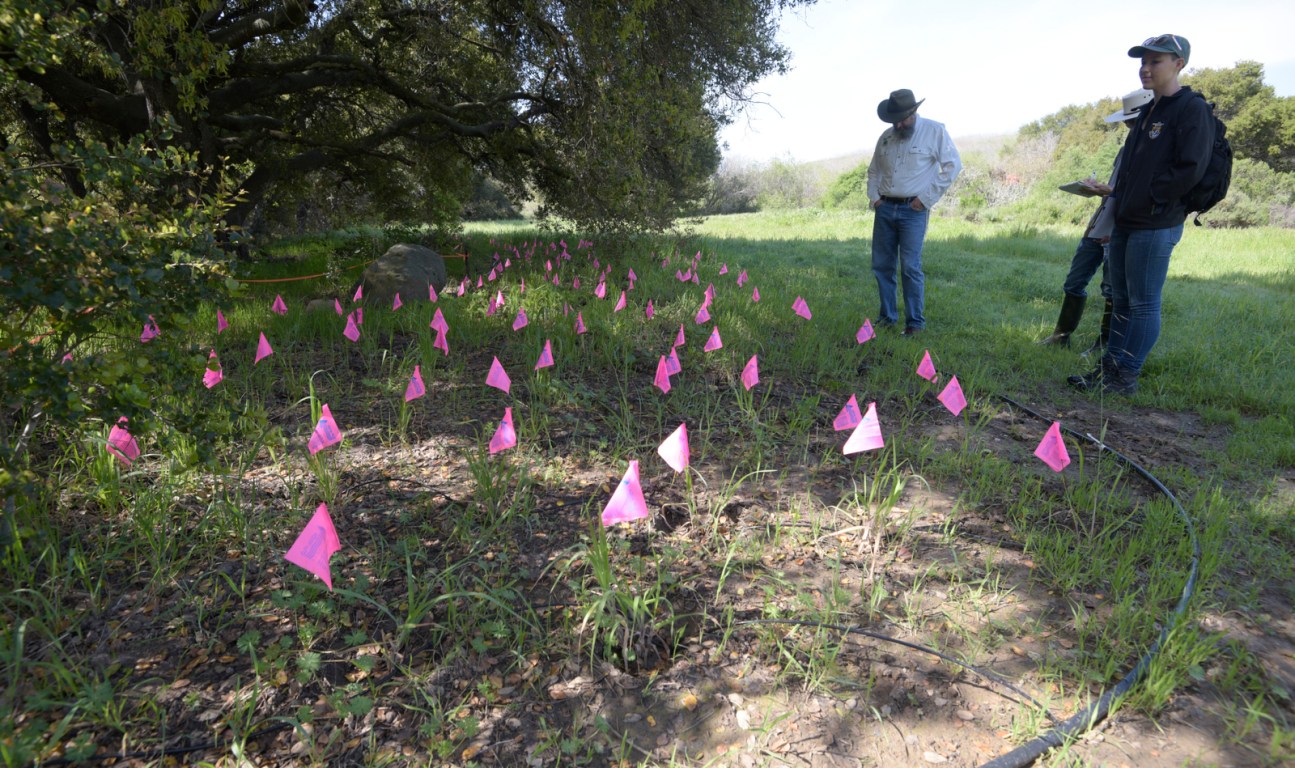
Flags mark new plantings of a shade-loving native grass Bromus carinatus, also known as California brome. Channel Islands Restoration's Elihu Givertz is leading the restoration effort. Mary Martin is a biologist with the U.S. Fish & Wildlife Service Partners program, which is providing partial funding.
Photo: Paul Wellman
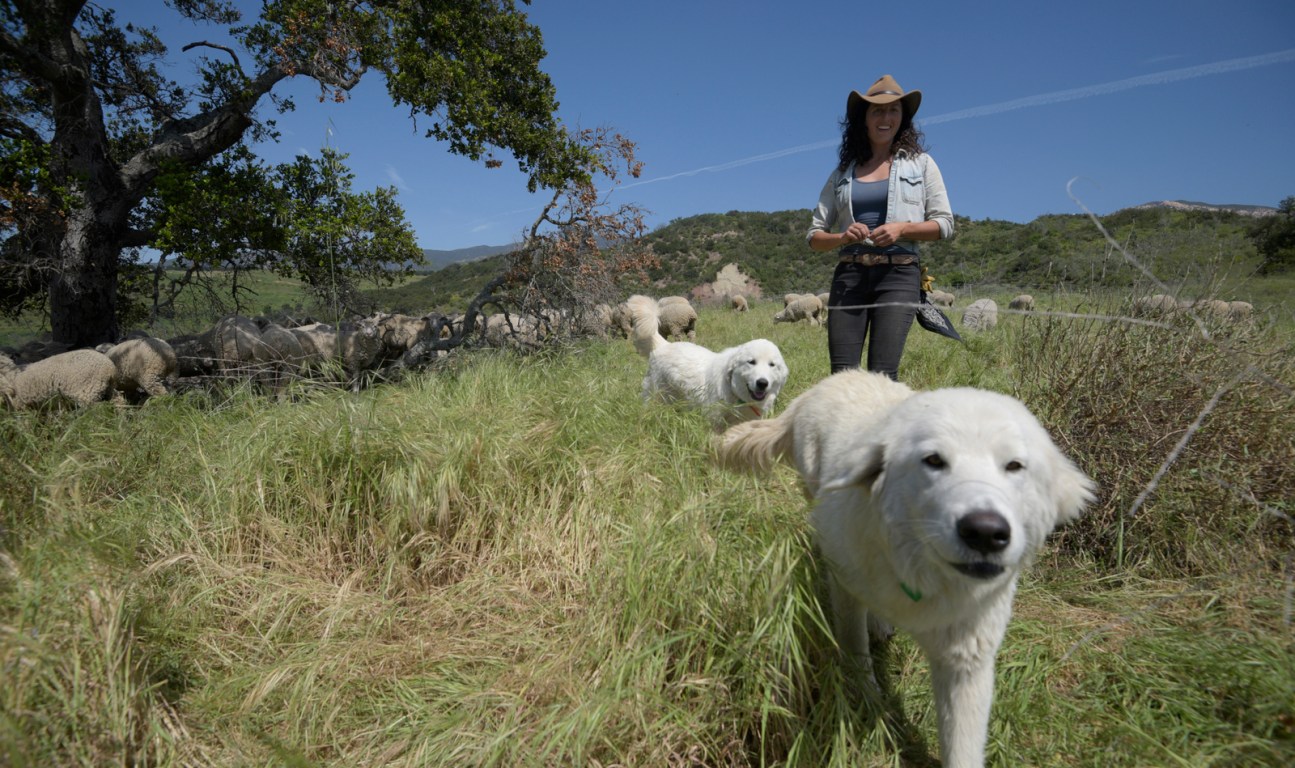
Jenya Schneider with two guard dogs at San Marcos Foothills Preserve
Photo: Paul Wellman
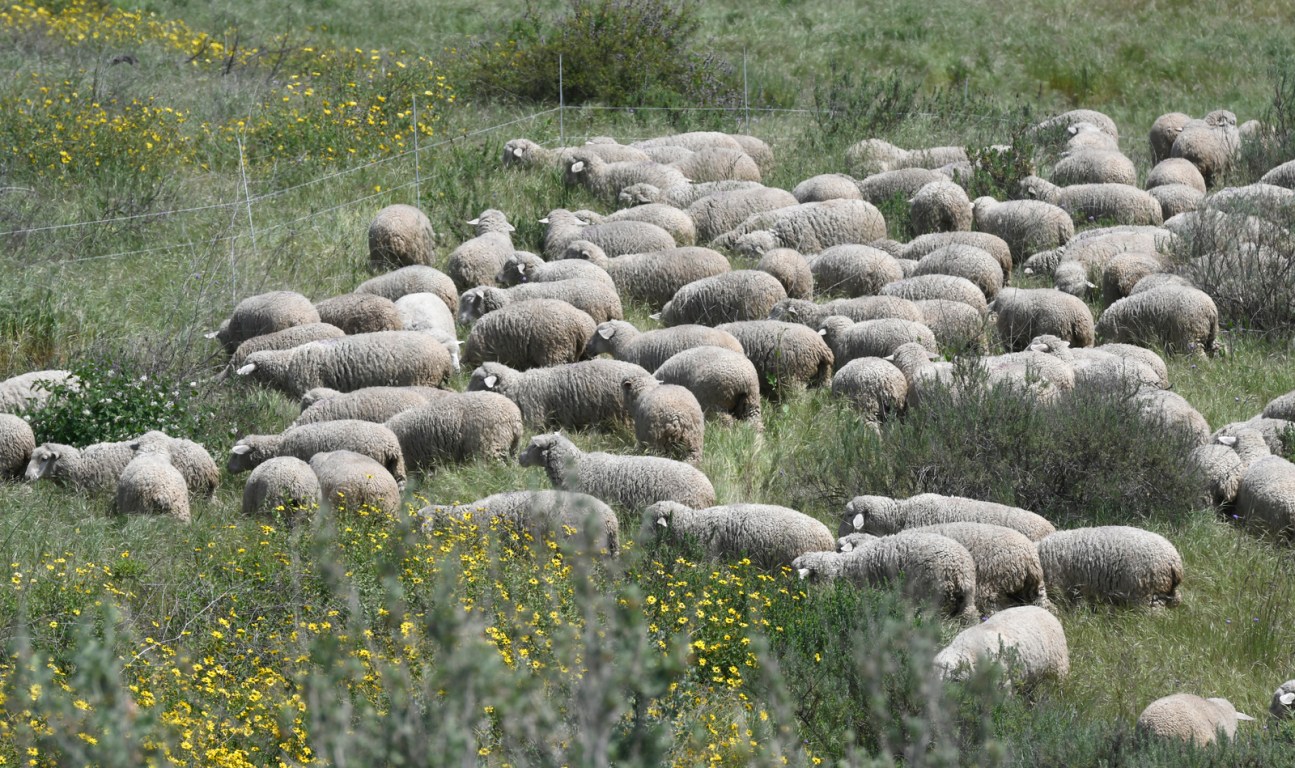
After grazing the preserve, the ewes will be moved to an orchard, but they will also provide wool and have lambs.
Photo: Paul Wellman
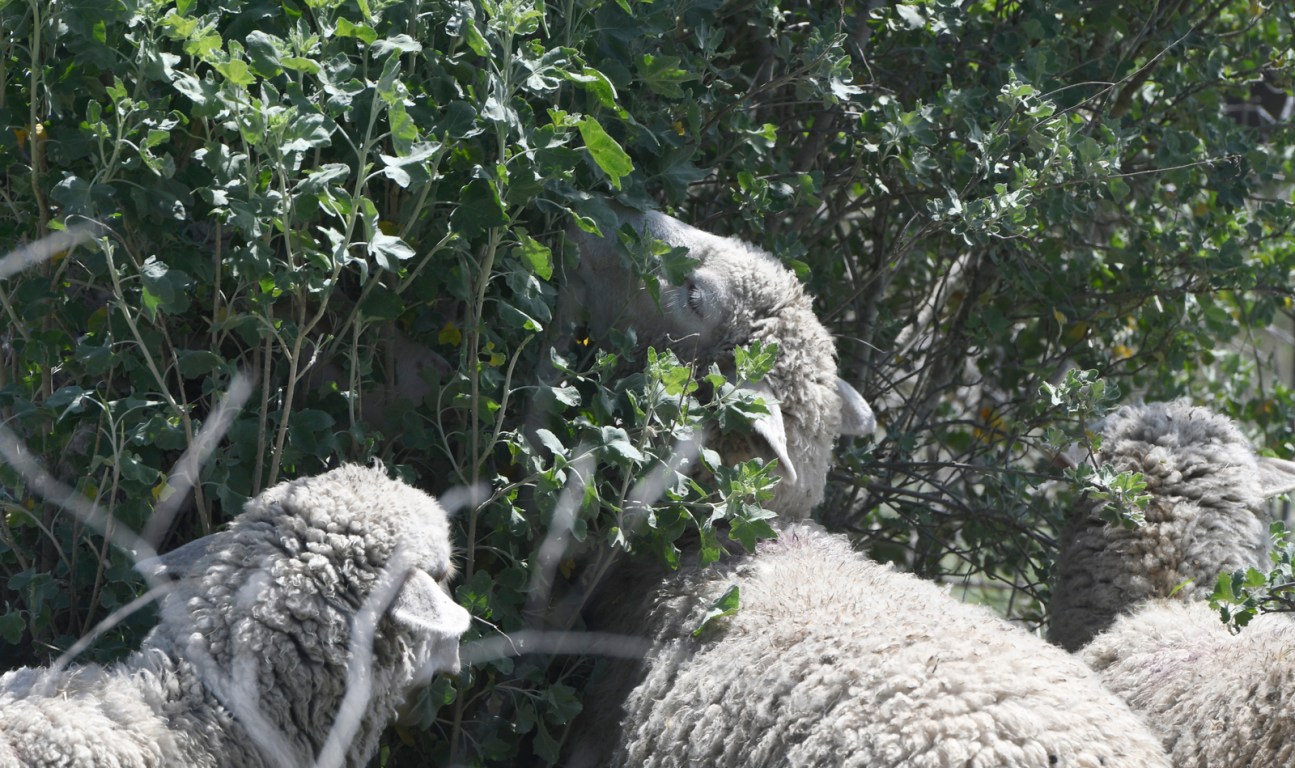
The sheep grazing San Marcos Foothill Preserve like broadleaf plants, even poison oak and mustard.
Photo: Paul Wellman
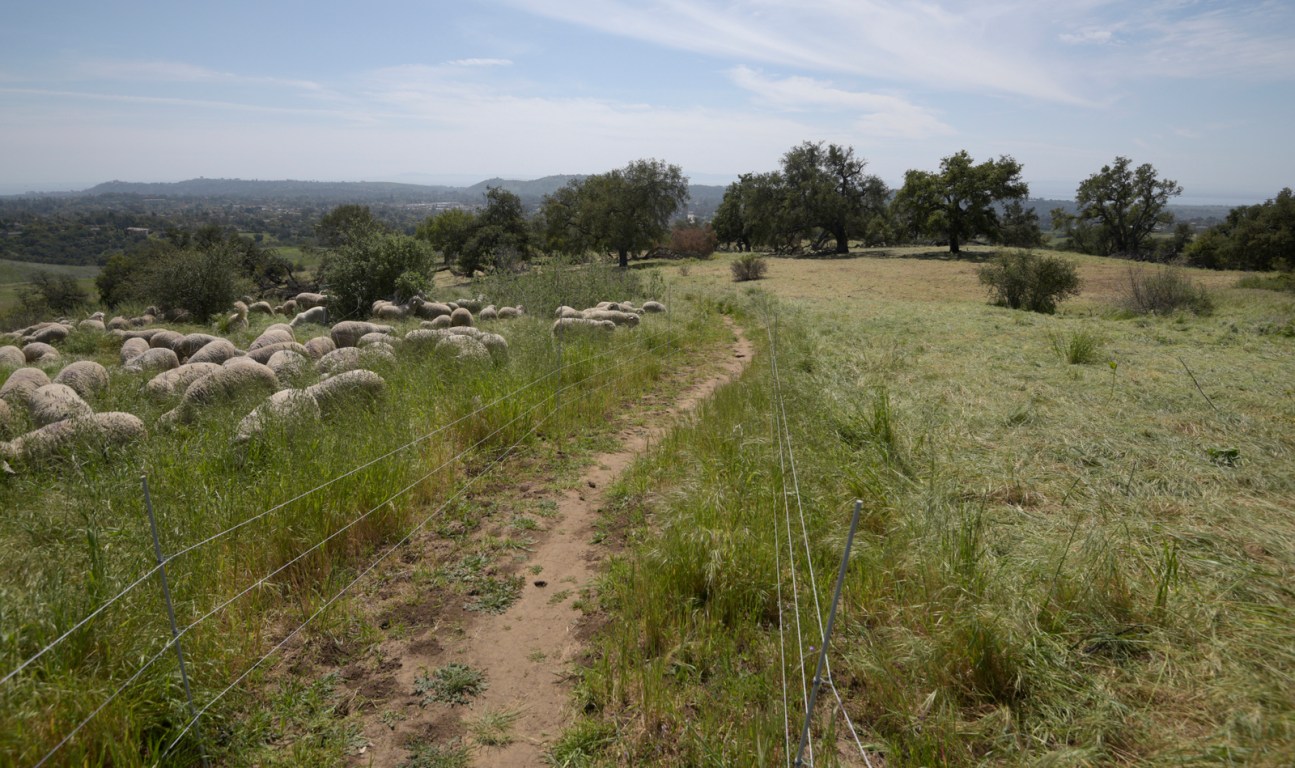
The sheep have been herded from the semi-eaten and well-trampled pasture on the right to the new pasture on left.
Photo: Paul Wellman
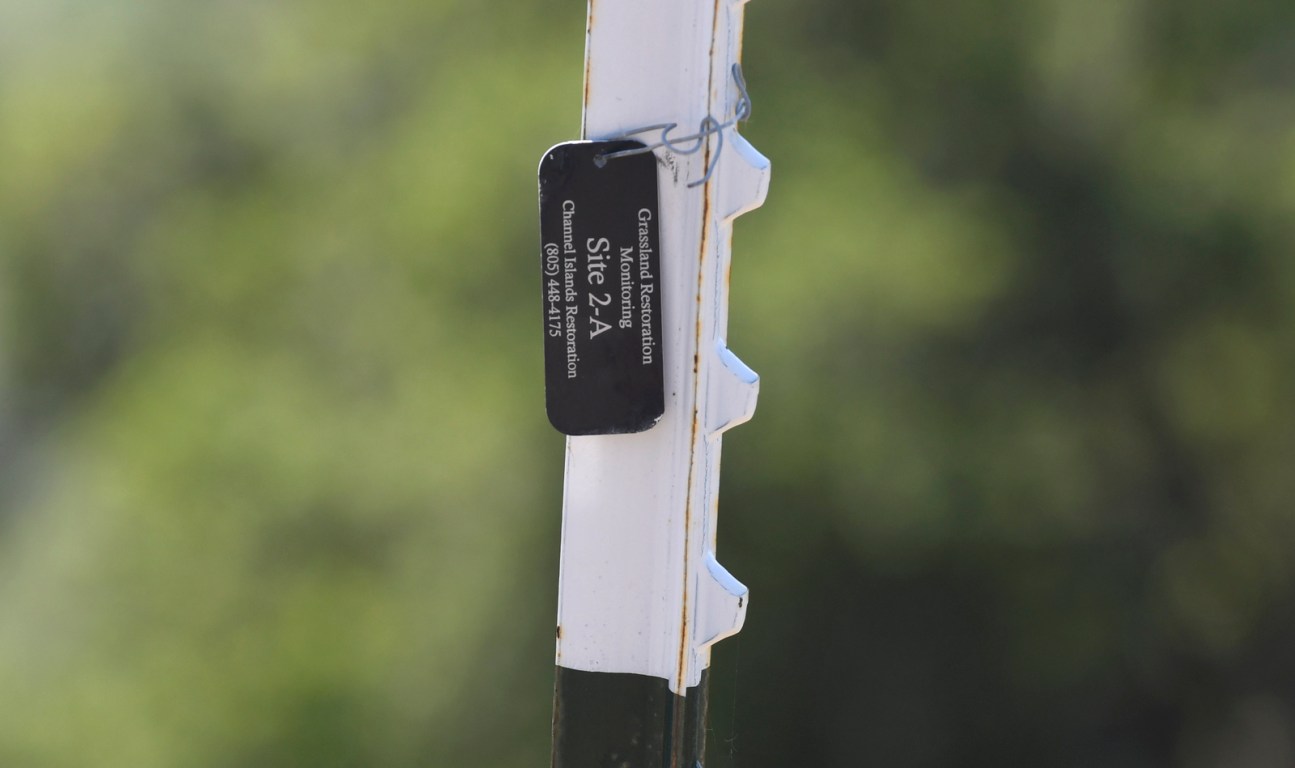
Channel Islands Restoration established 30 test plots to evaluate the effectiveness of sheep grazing to re-establish bird habitat.
Photo: Paul Wellman
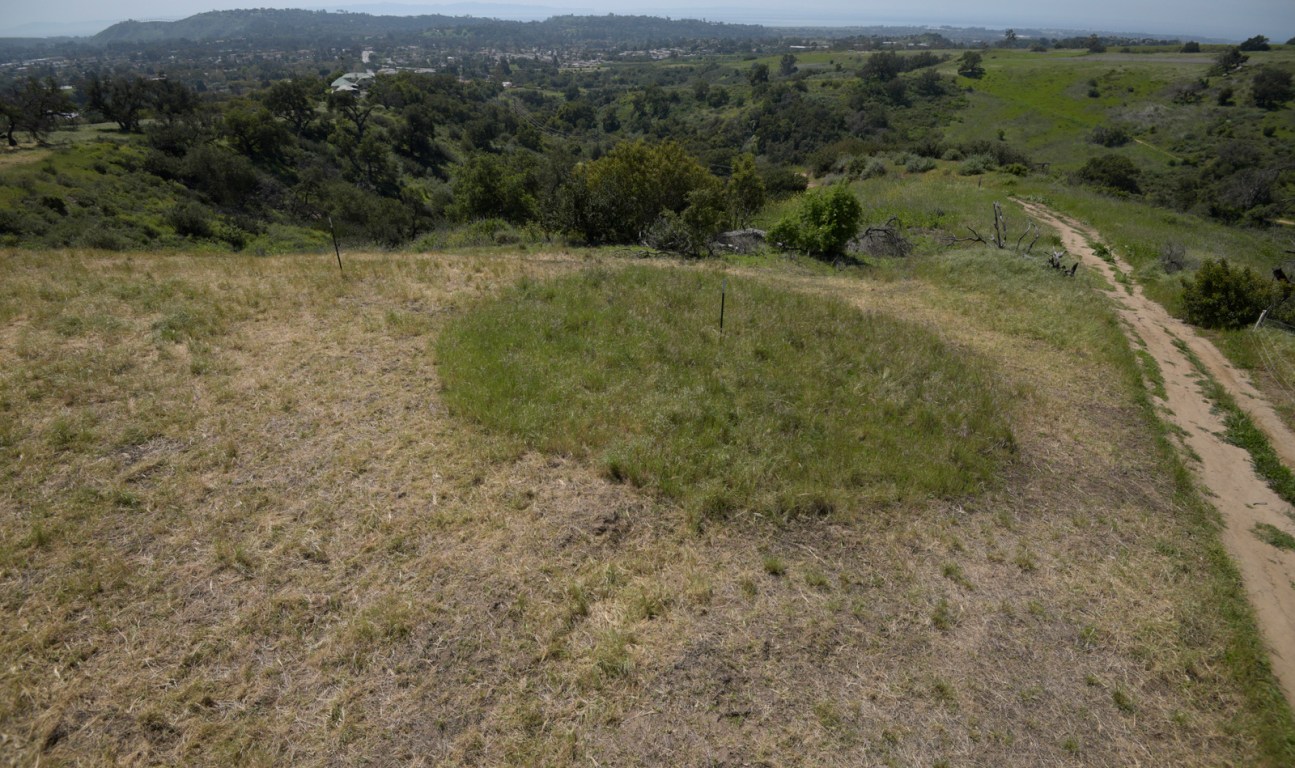
The green circle on the right is a control plot fenced to prevent grazing, while the areas surrounding it show the effect of a day's eating by 400 sheep.
Photo: Paul Wellman
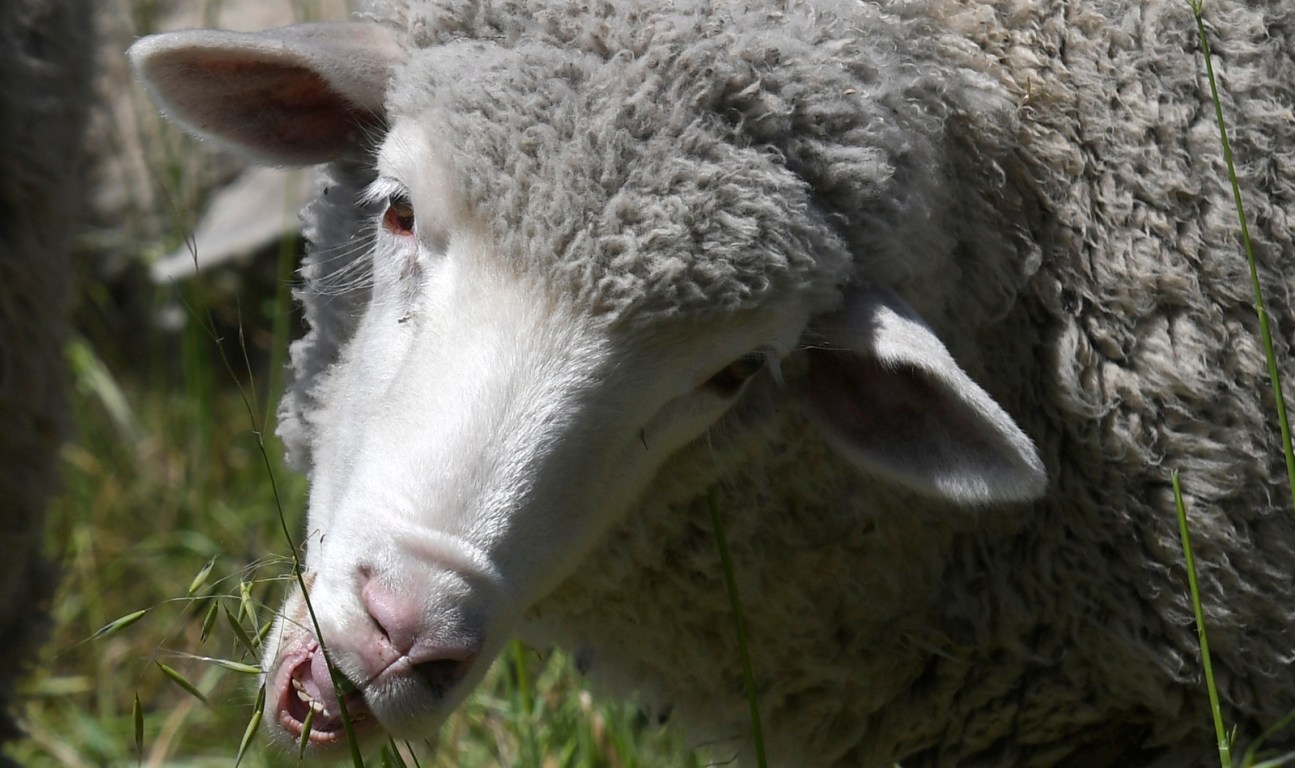
The sheep only have bottom teeth in front.
Photo: Paul Wellman
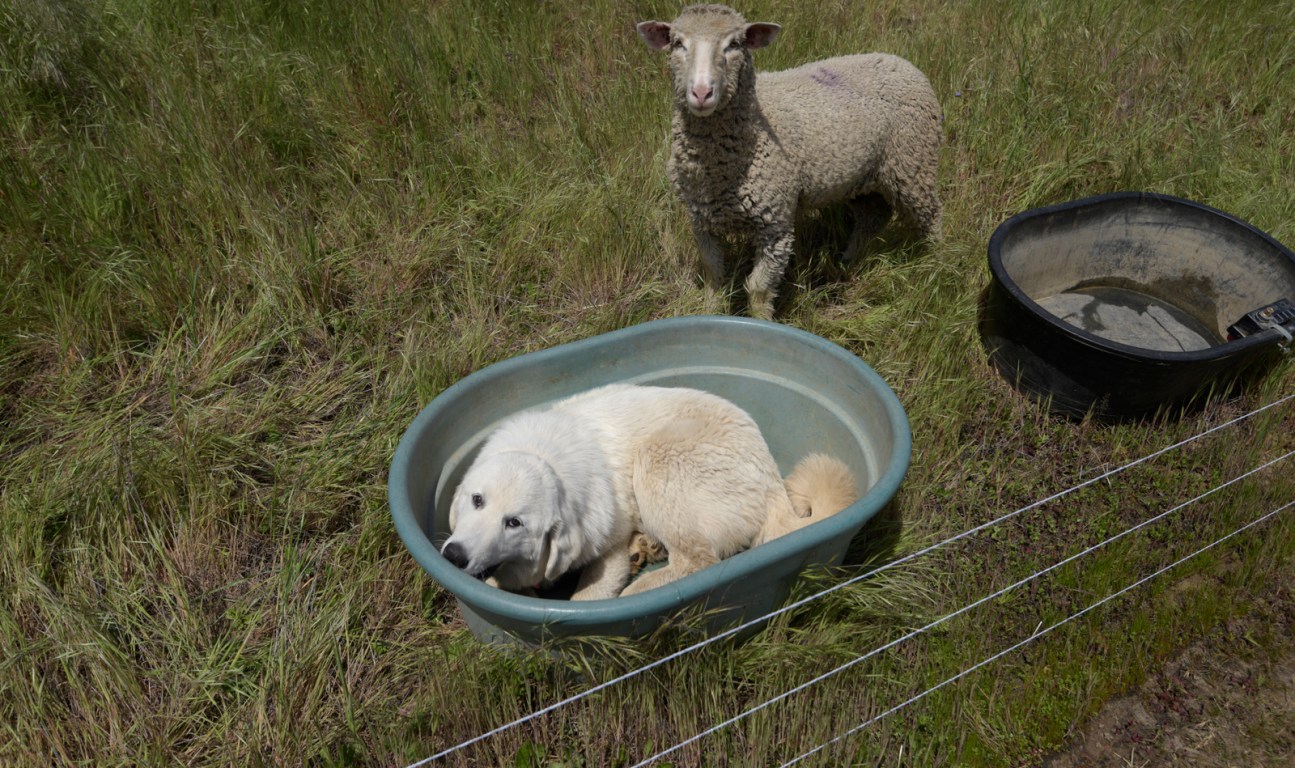
A ewe looking for water in the new pasture finds a pup in a barrel instead.
Photo: Paul Wellman
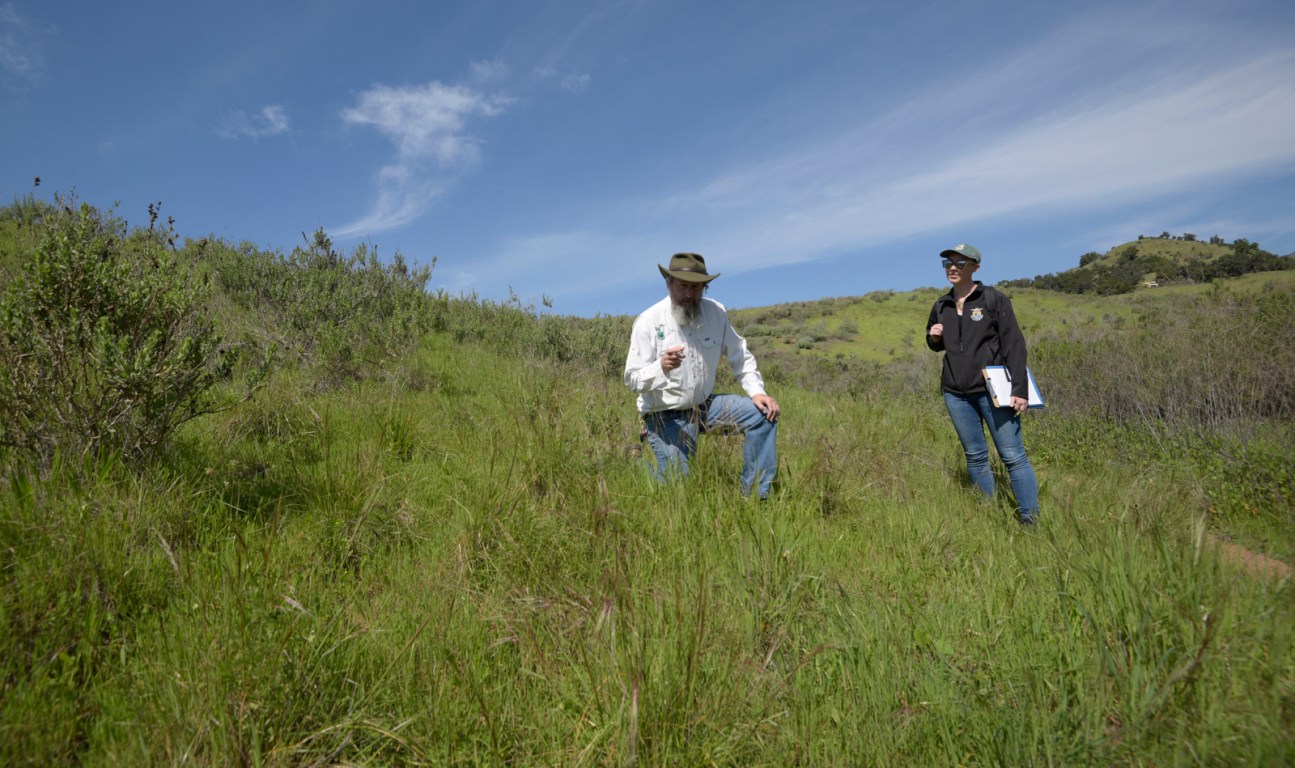
Channel Islands Restoration's Elihu Givertz and Mary Martin, a biologist with the U.S. Fish & Wildlife Service, discuss how reintroducing grazing at San Marcos Foothills Preserve could help restore native grasses for bird habitat.
Photo: Paul Wellman
